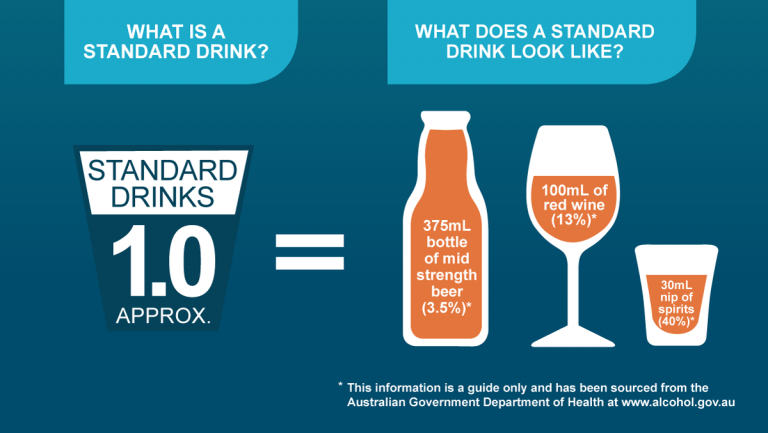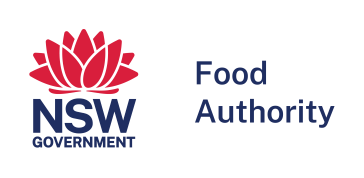
- Print this page
- Download as PDF
- Share this page

Labelling requirements
Alcoholic beverage labelling is covered in Parts 1.2 and 2.7 of the Food Standards Code. In addition to general labelling requirements such as ingredients, country of origin, date marking, and directions for use and storage, specific requirements also apply.
Pregnancy warning labels
All pre-packaged alcoholic beverages with more than 1.15% alcohol offered for retail sale in Australia must display a prescribed pregnancy warning label.
Alcohol by volume
Alcoholic beverages that contain 0.5% or more alcohol by volume must include a statement that indicates the volume of alcohol as a percentage of the total volume of the beverage.
Standard drink labelling
The label must include the number of standard drinks in the beverage if packaged after 20 December 2002. A standard drink contains 10 grams of alcohol.
Energy labelling
From August 2028, alcohol beverages that contain 0.5% or more alcohol by volume must display an energy statement in the prescribed format. The energy statement must contain the number of serving in the package, serving size, energy content per serving and 100 mL and the number of standard drinks per serving.
Geographical reference
For some imported drinks, the label must only include a geographical reference if it was produced in the country or region indicated. The law also prohibits alcohol being sold with a geographical reference on the label when it has been exported from one country but bottled in another.
Health and nutrition content claims
As with all food and drink products, information on alcohol labels must not be false, misleading or deceptive. Labels cannot include nutrition content claims (except energy, gluten, carbohydrate or sugar content) or any health claims for beverages containing more than 1.15% alcohol by volume.
Alcoholic beverages with a claim are required to bear a nutrition information panel (NIP) in full. In the presence of the NIP on label, energy labelling is not required.
Find out more
